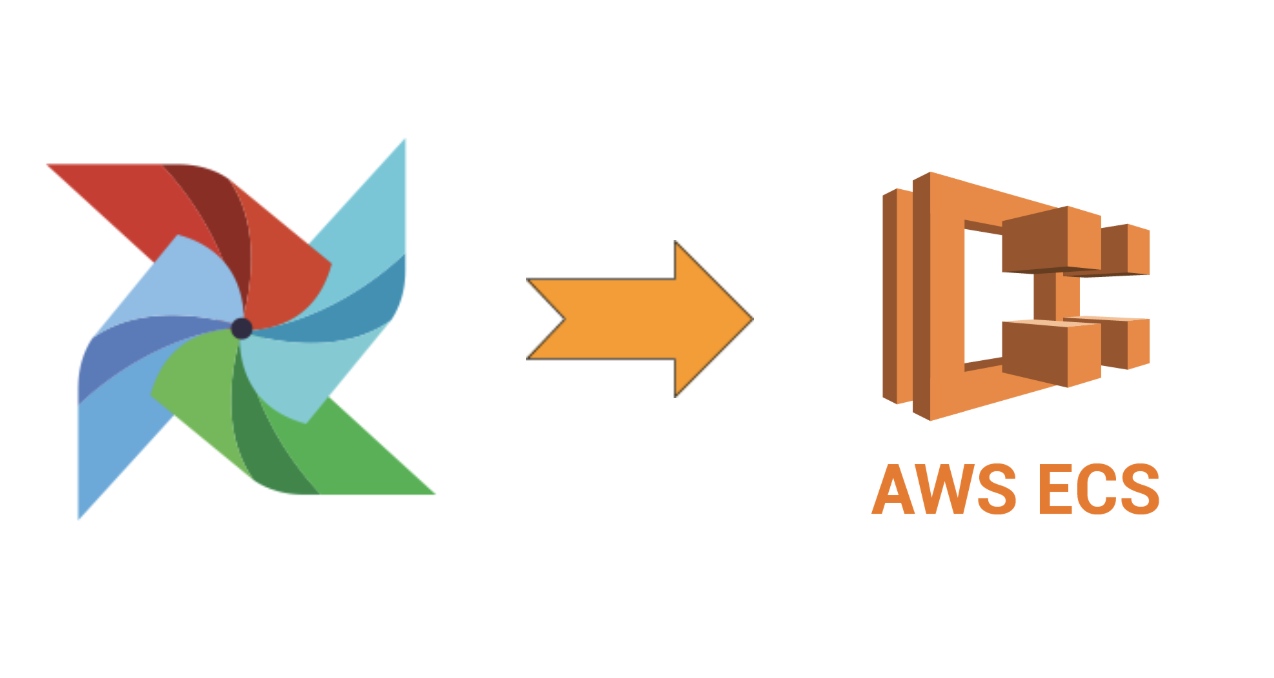

There are multiple ways of installing Apache Airflow. Time to get our hands dirty and actually start with the tutorial. In fact, 2020 has seen individual contributions for Airflow at an all-time high. One might argue that Open Source projects always run the risk of dying at some point - but with a vibrant developer community, we can say this risk is mitigated. It is part of the Apache Foundation, and the community behind it is pretty active - currently, there are more than a hundred direct contributors.Personally, I believe one of the fun parts of working with Airflow is discovering new and exciting features as you use it - and if you miss something, you might as well create it. Detailed logs also make it easier to debug your DAGs.Īirflow UI Tree View. The UI allows for quick and easy monitoring and management of your Airflow instance.Or you can simply write your own operators, hooks, and sensors from scratch. You can also build upon one of the standard operators and create your own.
#AIRFLOW APACHE CODE#
Want to integrate with Amazon S3? Maybe you also want to add Azure Container Instances to the picture in order to run some short-lived Docker containers? Perhaps running a batch workload in an Apache Spark or Databricks cluster? Or maybe just executing some basic Python code to connect with REST APIs? Airflow ships with multiple operators, hooks, and sensors out of the box, which allow for easy integration with these resources, and many more, such as DockerOperator, BashOperator, HiveOperator, JDBCOperator - the list goes on. They provide an easy and flexible way of connecting to multiple external resources. Sensors, Hooks, and Operators are the main building blocks of Apache Airflow.
#AIRFLOW APACHE SOFTWARE#
In Apache Airflow, DAGs are developed in Python, which unlocks many interesting features from software engineering: modularity, reusability, readability, among others.

In terms of data workflows it covers, we can think about the following sample use cases: Apache Airflow is an open-source data workflow management project originally created at Airbnb in 2014.


 0 kommentar(er)
0 kommentar(er)
